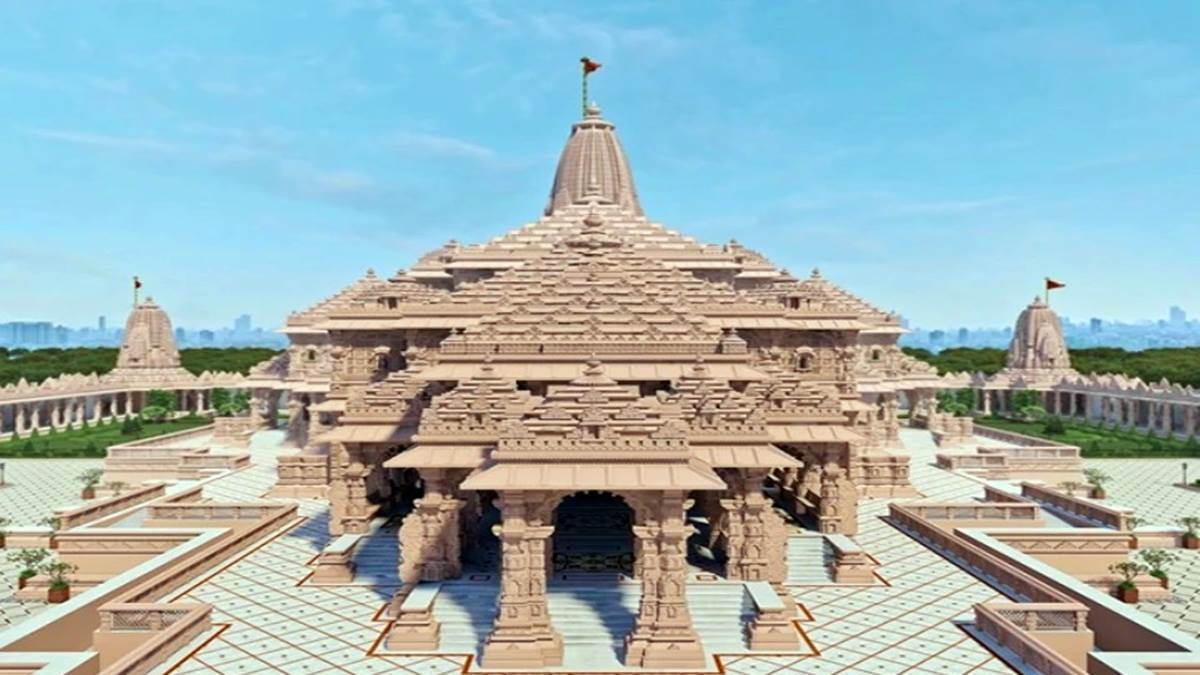The Ram Mandir in Ayodhya, Uttar Pradesh, is a Hindu temple dedicated to Lord Ram. The temple's construction is an event of profound religious, cultural, and historical significance in India.
Overview and Significance
Background: The site in Ayodhya is traditionally believed to be the birthplace of Lord Ram (Ram Janmabhoomi). For many years, the location was a point of intense contention as it was also the site of the Babri Masjid, a mosque built in the 16th century, which was demolished in 1992.
Supreme Court Verdict (2019): In November 2019, the Supreme Court of India delivered a historic verdict, granting the disputed land for the construction of the Ram Mandir. The court also directed the government to allocate an alternative plot of land to the Muslim community for the construction of a new mosque.
Bhoomi Pujan (Groundbreaking Ceremony): The foundation stone-laying ceremony, known as the Bhoomi Pujan, took place on August 5, 2020. The event was attended by Prime Minister Narendra Modi and various religious and political dignitaries, marking the official commencement of the temple’s construction.
Architectural Plans: The temple is designed to be grand, meticulously showcasing the ancient Indian Nagara style of temple architecture. It is planned as a multi-story structure featuring intricate carvings, sculptures, and dedicated halls (mandaps)
Current Status: The construction of the Ram Mandir is an ongoing, multi-phase process. While the Bhoomi Pujan was held in 2020, the full project is expected to continue over several years. The temple holds immense importance for millions of Hindus worldwide and stands as a significant symbol of cultural and religious resolution.
The Ram Mandir symbolizes the resolution of a long-standing dispute and holds immense importance for millions of Hindus who consider Ayodhya to be the sacred birthplace of Lord Ram.




